Marlena Chybowska-Butler, a TPAAE researcher from the National Museum in Poland, visited Kigali along with volunteer researcher Rick Butler as part of an autumn secondment.
Rwandan contemporary art is a dynamic and diverse field that showcases the creativity and resilience of the Rwandan people. By incorporating elements from their tradition and history, Rwandan artists create works that celebrate their identity and culture while also engaging with global audiences. In a country largely devoid of formal instruction, institutions, and galleries, artist-operated and non-profit spaces provide professional and aspiring artists with venues for creation.
NP Arts Centre – This recently-opened gallery is led by Patrick Nizeyimana, who developed his practice at Ugandan visual artist Collin Sekajugo’s Ivuka Arts Centre, which closed when the space lost its lease in 2021. The collective offers work by 15 member-artists, some of which hail from elsewhere in East Africa. Painting is the primary thrust and offerings include scenes of Rwandan life in both city and countryside, along with figures, animals, and abstracts. Mixed-media works also occupy significant wall space in the gallery’s rooms.
The grounds house areas for creation and exhibition and, like its predecessor Ivuka, NP conducts workshops for aspiring artists and school-age children. Performance, including dance and drumming, features in the workshop programme. And like its founder, several of the collective’s artists regularly perform, both at the centre and around the city. Occasional exhibitions complement the gallery and performances, which change periodically throughout the year.
Inema Arts Center – Brothers Emmanuel Nkuranga and Innocent Nkurunziza, both self-taught painters, founded Inema Arts Center in 2012 as a vehicle to spur creativity for personal, social, and economic growth. The spacious facility in Kacyiru, spread over two floors, features their work, as well as that of four more art-making brothers and other Rwandan artists, some of whom practice abroad. Participants in an on-going artist-in-residence programme also are featured as part of regularly changing exhibitions. It is the self-described largest arts centre in the country.
Works on display include monumental paintings and sculptures made by a coterie of five artists, including works by the founding brothers. Works both on canvas and bark cloth dominated the abstract paintings, some of which borrowed from Western convention – spiral and drip – that are featured among methods preferred by Rwandan artists. Inema community outreach supports a regular calendar of painting, sculpture, and dance workshops, including for children. Its gift shop features works and jewelry made by the centre’s artists and a local women’s group.
Niyo Arts Center – The adopted son of Canadian missionaries, Niyosenga Pacifique created the Niyo Arts Centre in Kacyiru almost a decade ago as a space of painting, sculpture, and performance that ranges from dance and drumming to poetry. The collective boasts 17 artists, the sales of whose works help to support the Niyo Foundation which is the centre’s primary sponsor. The non-profit uses those proceeds to assist at-risk women and children in and around the Rwandan capital. The centre also features a café-gallery that supplements its income.
Alongside a gallery that feature’s Pacifique’s paintings and those of the collective’s member artists, the centre’s workshop and storage facilities offer space for artists and community groups to make art and perform. Tour operators regularly deliver visitors for music and dance shows in the gallery courtyard. Works on display include paintings, with themes that range from still-life to abstraction, animal and figure studies, and sculpture acquired from points West, including neighbouring Congo. Notable styles include Tanzanian Tinga-Tinga, Pointillism, and mixed-media collage.
Forty Second Artspace – A pair of Belgian entrepreneurs with Rwandan roots opened this interior design studio in Kimihurura that features a varied range of works by Rwandan artists and artisans. Taking its name from the house number of the Brussels building in which the founders grew up, the studio features furniture and lighting, in addition to painting, photographs, and sculpture. Much of the work is made on-site at the rented villa on a Kigali hillside that houses the studio, in a shop that possess the capability to fabricate polycarbonate, in addition to producing wooden furniture and sculpture.
Pieces displayed for sale draw on Rwandan tribal custom, and Western art history that might safely be classified as Contemporary. Pieces that echo Henri Matisse and Jeff Koons are placed side-by-side with modernist takes on Rwandan dance and tribal identity. There are images of Rwandan village life and an homage to Jean-Michel Basquiat, in salons that are dominated by animal sculptures and pieces of leather-worked furniture. Forty Second opened in 2022 and the gallery’s commercial director says its range of services are positioned to unite those influences and shape the consumption habits of a wider range of the local populace by bringing pieces with a more nuanced aesthetic within reach.
Indiba Arts Space – Painter Willy Karekezi opened Indiba in the Kimihurura district of Kigali as a place to locate his studio, as well as a place for aspiring artists who lacked space in which to work. The gallery and grounds feature the self-taught artist’s painting and sculpture, as well as those of counterparts making use of his workshop space. Works include those made by foreign artists who have spent time at the centre since its opening in 2018.
Like most centres in the Rwandan capital, Indiba offers community art programmes that help to counter the lack of formal training in the nation’s education system. The artist mentors graduates as well, who staff the centre and greet visitors. Prior to opening Indiba, Karekezi showed his work at venues around Kigali. He since has gone on to exhibit his mostly figural works in Europe and the US.
Iteme Arts Space – Located in the Eastern suburb of Remera, Iteme is an artist-operated collective that provides space for community events and activities allied to art-making and performance. Painter Innocent Baregeya is the principal and the features his work, along with works from a dozen artists who create pieces ranging from murals and mixed-media images, to sculpture that employs a variety of natural and recycled materials.
The centre is a locus for women artists, hosting dedicated workshops and exhibitions on a regular basis. Its artists also address LGBTQ themes in their work, which stands as a rarity in a society and state that collectively takes a dim view of non-binary issues. The centre also hosts live performances, including music and dance by both traditional and contemporary artists in a range of genres.
ArtRwanda-Ubhanzi Incubation Centre – A facility for creation and presentation of artforms ranging from the written word to filmed entertainment, ArtRwanda-Ubhanzi is an education and entrepreneurship facility operated by Rwandan First Lady Jeannette Kagame’s non-profit Imbuto Foundation. Together with the Ministry of Youth and Culture, the centre works to fill gaps arising from the lack of dedicated arts instruction in the state’s higher education system.
Located in Kimihurura, the centre support the winners of nationwide contests in the plastic arts, dance and music, fashion, acting and drama, cinematography and photography, and literature to develop their talents. Exhibitions take place regularly, as do workshops. The grounds contain dedicated space for music and dance. Courses in the various elements of production for each field aim to provide the skills necessary for Rwandans to serve as a domestic source for the country’s creative industries.
Rick Butler

